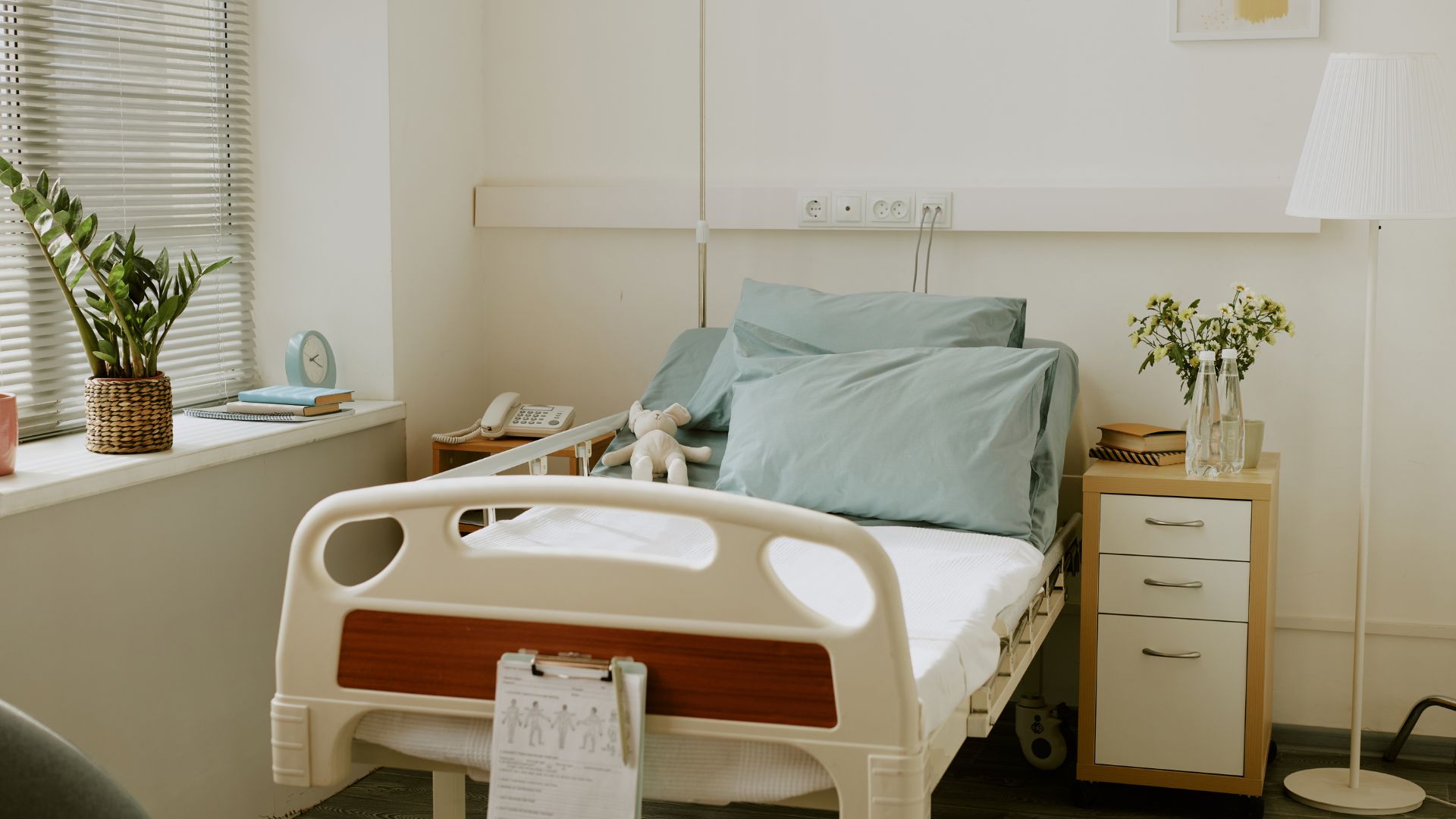
When we think of hospitals, many of us picture
sterile white walls, the beep of monitors, and that unmistakable “hospital
smell.” But what if hospitals could feel a little less like a maze of machines—and
more like a place that truly helps people heal?
That’s where thoughtful hospital design and
planning come in.
Hospitals
Are More Than Just Buildings
At their core, hospitals are about people—patients,
doctors, nurses, families, and the many others who keep things running behind
the scenes. Every hallway, room, and window has a purpose, and when those
spaces are designed with care, they can have a big impact on how people feel
and recover.
Good hospital design isn’t just about being modern
or pretty—it’s about being functional, calming, and kind to the humans inside.
So, What
Makes a Hospital “Well-Designed”?
Here are a few key things that go into planning a
hospital that works well for everyone:
1.
Natural Light and Nature Matter
Studies have shown that patients recover faster
when they’re exposed to natural light and views of nature. Simple things like
big windows, green spaces, or even artwork with nature themes can lower stress
and help healing.
2. Easy
Navigation = Less Stress
Ever gotten lost in a hospital? You’re not alone.
Clear signs, smart layout, and intuitive design can make a huge difference—not
just for visitors, but also for staff who need to get where they’re going fast.
3.
Privacy and Quiet Go a Long Way
Healing is hard when there’s constant noise or no
privacy. Design choices like sound-absorbing materials, single-patient rooms,
and private areas for family conversations can create a more peaceful
environment.
4. Design
for the Care Team, Too
Nurses and doctors walk miles every shift.
Designing efficient workspaces, shorter walking routes, and better break rooms
isn’t just nice—it helps them do their jobs better and prevents burnout.
5.
Flexible Spaces for an Unpredictable World
Smart planning includes flexible areas that can adapt
when needed—like turning a recovery room into an ICU in a pinch.
Planning
with Purpose
Planning a hospital is like putting together a
giant puzzle—but one where the pieces need to fit people, not just blueprints.
Architects, healthcare workers, engineers, and community members all play a
role.
It’s about asking the right questions:
- What will make patients feel safe and cared
for?
- How can we support families who are waiting
and worrying?
- What do staff need to do their jobs well
without burning out?
When we build with those answers in mind, we don’t
just create a building—we create a better experience for everyone who walks
through the door.
Hospital design might seem like a technical job,
but at the heart of it, it’s about empathy. It’s about imagining yourself—or
someone you love—in that bed, that hallway, that waiting room. And then asking:
how can we make this better?
Because when design meets compassion, hospitals become more than places to treat illness—they become places that truly care.
Recent Posts

Get Free
Consultations
Special Advisors









Proper Setup of Medical Equipment